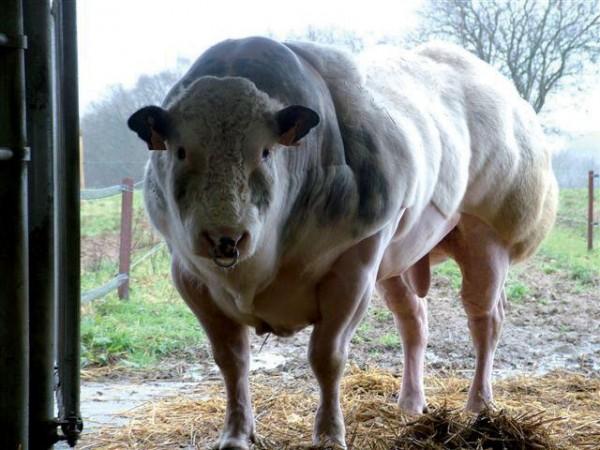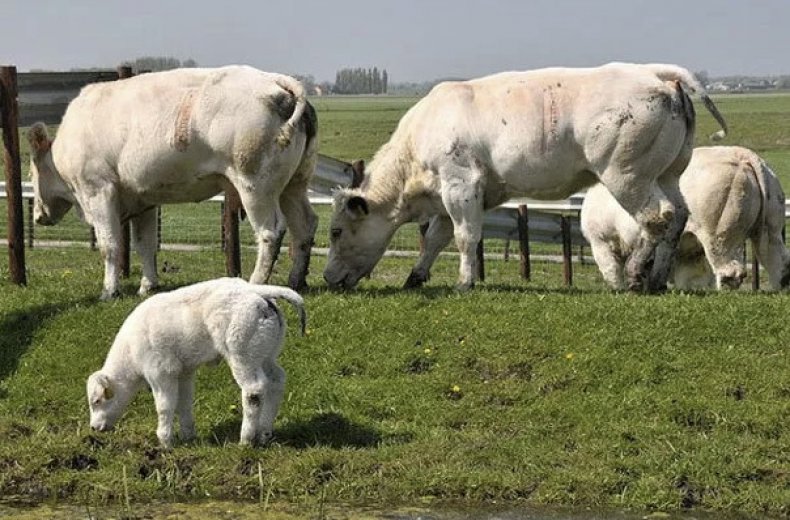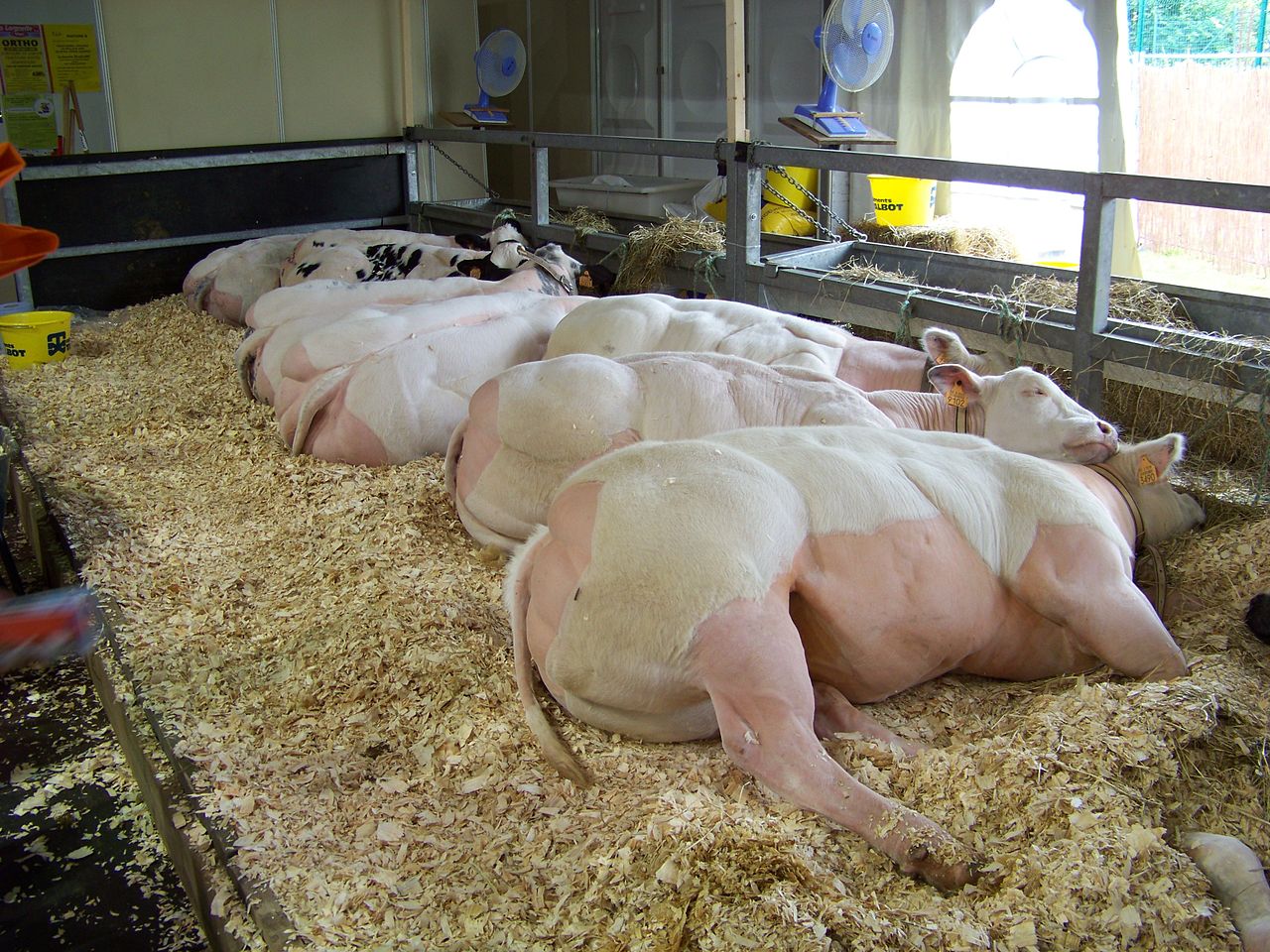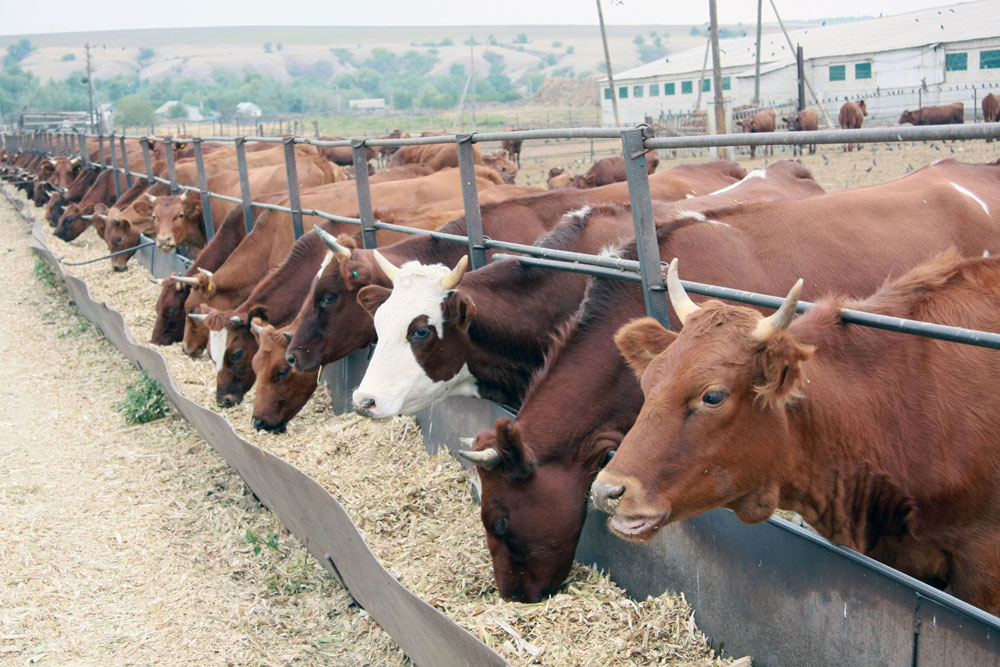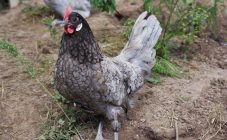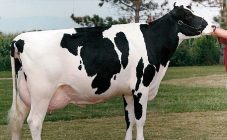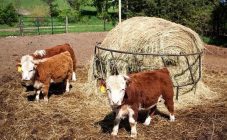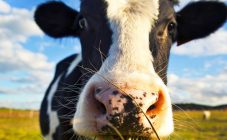Content:
The breed of Belgian cows looks very unusual. And very many people believe that this meat contains a lot of GMOs and that the use of such meat in food is fraught with bad consequences. Or, the fact that these cows are "pricked" with special preparations for gaining weight. Actually, this is not at all the case. The meat of these "pumped up" bulls and bodybuilding cows is dietary, very healthy and very tasty.
History of the breed
The Belgian blue bull in Belgium gained great fame back in the 18th century. Local Friesian cows were of the meat type, but they wanted to get a meat and milk breed. For this, it was decided to cross the blue bull with a Shorthorn cow from England. Then, in the middle of the 19th century, the cows obtained earlier were crossed with Charolais bulls from France. Over time, we got about the result that we had planned: the cows grew larger, although they looked similar to our usual ones.
But scientists have gone further. For a hundred years, they carried out experiments on animals and in the 50s of the last century, they bred a breed of animals in which the muscles look like the muscles of bodybuilders, a kind of pitching bulls. Professor Hanset, after doing many experiments in Liege, blocked a gene in a bull that inhibited muscle development, which led to a faster increase in muscle tissue. The result of the experiments is the breed that is now called the Belgian Blue Cow. This breed is also called:
- Belgian blue and white;
- Belgian blue;
- white flycatcher;
- Belgian blue.
Inflated cows have become widespread in countries such as:
- Belgium;
- USA;
- France;
- Germany.
A Belgian cow with muscles is very different from ours, familiar to many, cows. The hallmark of a pumped-up cow is:
- very thin skin;
- partial absence of wool;
- strongly developed muscles of the rear and shoulders;
- not big legs;
- relatively small growth;
- sufficiently long and muscular body.
Description of jock cows
The sight of muscular cows, like muscular bulls, is sometimes simply frightening with its size and frightening developed muscles. But everyone knows how deceiving looks can be. Both cows and bulls of this breed are very good-natured with a calm and balanced character. And this is, perhaps, the most important advantage of these "pumped-up" animals.
These very large animals (cows about 850 kg, and bulls about 1300 kg), have an average height, no more than one and a half meters. These cows can have a wide variety of colors:
- white;
- the black;
- red-red;
- more often it is blue and white.
These cows have very little wool - the fact that they are bred more often in countries with warm climates affects. And also a feature of this breed is the lack of horns.
Productivity
It is not for nothing that this type of animal is attributed to the meat type, when meat is slaughtered, 80% is obtained, and this is practically pure meat, there is very little fat. The content of proteins, fats, proteins and carbons in meat is perfectly balanced. Nutritional properties in it are practically the same as in chicken meat.There are also good indicators for milk. It produces 3000-4600 liters of milk per year with a fat content of up to 4.5%. Many foreign farmers have started to breed this breed.
Advantages
The indisputable advantages of this breed include:
- balanced disposition;
- mobility, despite the overall weight;
- quick gains and a good percentage of meat yield;
- a shorter period of pregnancy;
- high milk yield;
- purebred blue Belgians contain two genes that are responsible for the production of myostatin, so that during calving one gene will in any case be passed on to the offspring;
- dietary meat.
disadvantages
The disadvantages include:
- conditions of detention;
- diseases of the legs, due to the excessive weight of animals;
- short life;
- problems with calving.
Breeding and general care rules
Belgian blues are heat-loving cows. It is better to breed them in warm countries. There it is easier for them to create all the necessary conditions. Although there are not so many of them. In addition to warmth, these animals need space. They really do not like crowding and crowding. And so they, like any other animals, need:
- fresh air in places of detention;
- dry bedding;
- quality feed.
- balanced diet;
- timely milking.
In the summer, the animals are in the pasture. Before releasing cows or bulls for pasture, it is necessary to carefully check the pasture for the presence of foreign objects. There should also be covered areas with dry bedding - in case of rain.
For winter, of course, cowsheds will be required - in winter these giant cows, like their smaller relatives, are kept on a leash. Cowsheds should be permanent, built of wood, foam block, cinder block or brick. The bedding can be straw or sawdust. The layer thickness should be at least 5 cm. Constantly change as it gets dirty. Thatch litter must be dry.
An indoor hay storage is also required.
These animals differ from others in a more tender stomach. Therefore, they need to be fed only with high quality feed. Roughage (straw, grass stalks) must be crushed and boiled with boiling water. Feed in the form of semi-liquid cereals with the addition of ground grain.
The diet
The diet is almost the same as that of Russian cows. They also need hay, straw or fresh grass, compound feed and vegetable additives - beets, carrots, turnips and other vegetables.
Water should be given to the cows as much as possible. It will be very good if it is warm in winter and cool in summer.
Calving
The Belgian cow is ready for insemination at the age of 2.5-3 years. The bearing time of this breed is somewhat shorter than that of other breeds, approximately 280-285 days. The weight of newborn bulls is about 70-75 kg, heifers are slightly less - 60 kg. With a balanced diet, the daily weight gain of calves is about one and a half kilograms.
This breed has a very significant disadvantage: cows have a narrow pelvic structure, in this regard, the birth of calves naturally is often difficult. More than half of all calving takes place by caesarean section. Therefore, often cows of this breed are inseminated with the seed not of the Belgian blue bulls, but of some other breeds. After such insemination, the calves are smaller at birth, but with the derived gene, they gain weight very quickly.
Like any other breed of calves, Belgian calves are fed colostrum for a week after birth, and then gradually accustomed to simple milk. When the calf reaches the month, they begin to accustom to adult food. From the age of two months, he is transferred to an adult diet.
Of course, it is profitable to breed Belgian blue cows, this is not even disputed, but, unfortunately, for Russia it is not possible due to the cold climate. Of course, you can create the necessary conditions (such as heated barns and calf sheds), but such maintenance will cost a lot, and therefore the cost of production will be high. And the appearance does not really attract farmers, even in the warm regions of our country. Although experts urge not to be afraid of the image of these animals. These are not pumped bulls, but simply a product of selection.
Farmers Tips
Farmers who raise these cows on their farms advise to keep the calf on suction after calving. That is, he should be with his mother and drink her milk on his own, as much as he needs. In a large farm, this, of course, is not entirely convenient, since the calf will not completely suck the cow and an udder disease - mastitis can result. But if the cow is milked at least three times during the day, the disease can be avoided.
Cheap pastures can be organized to reduce costs. It is recommended to follow the order of grazing in the pastures to avoid trampling the grass. And agricultural technology and skillfully selected forage crops will not let these pastures become empty.
Farmers also share their experience of keeping this breed on the walk: “In the spring and autumn, it is necessary to arrange rookeries for cows under sheds. It is necessary to lay a layer of straw at least half a meter, cows moisten it with urine, after which, thanks to biological processes, heat is released from this litter. "
Based on this article, it becomes clear that this type of cow has its own charm - the meat of these cows is nutritious, these cows give a lot of milk, and that by their nature they are quite harmless and non-aggressive.
